Home>Gardening & Outdoor>Pool & Spa Care>How Long For A Hot Tub To Heat Up
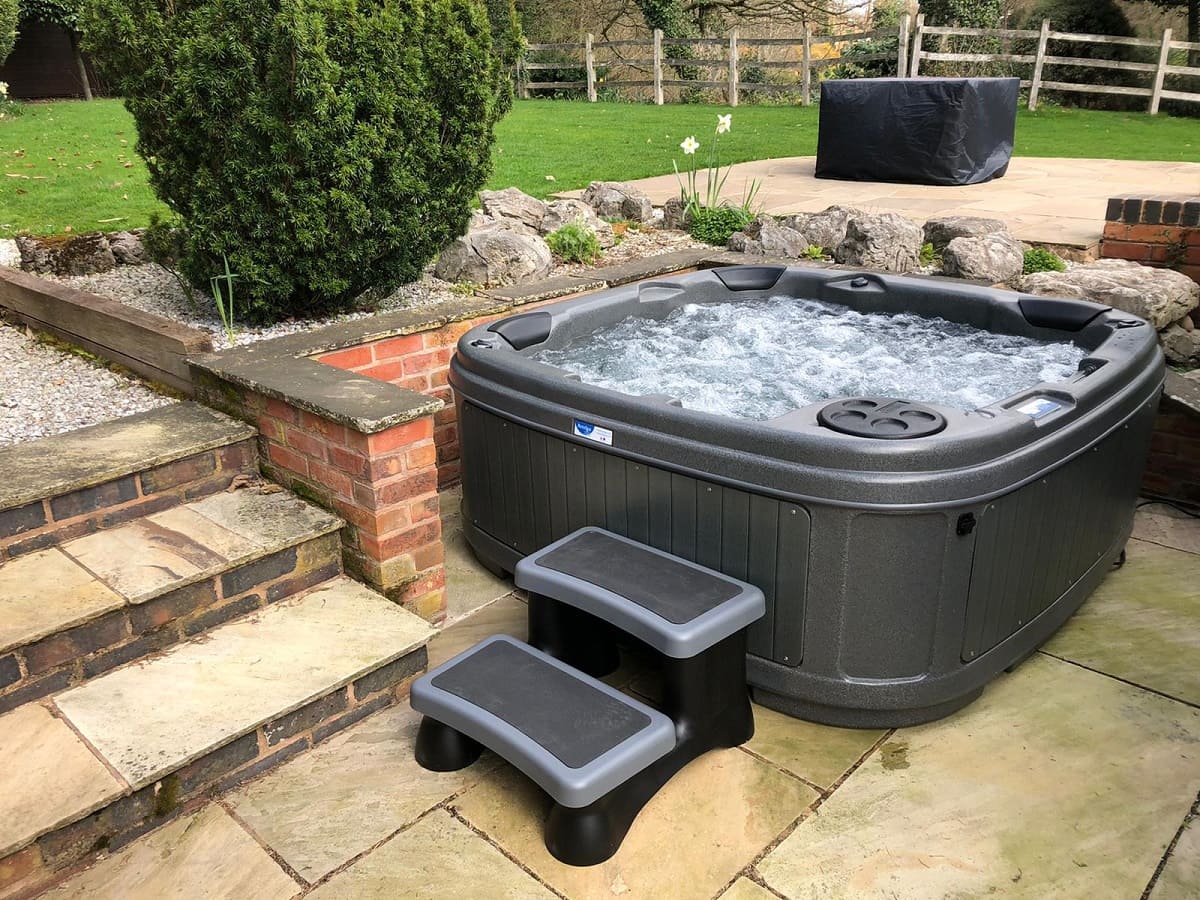

Pool & Spa Care
How Long For A Hot Tub To Heat Up
Modified: February 26, 2024
Learn how to efficiently heat up your hot tub and enjoy a relaxing soak with our expert pool and spa care tips. Discover the best practices for quick and effective heating.
(Many of the links in this article redirect to a specific reviewed product. Your purchase of these products through affiliate links helps to generate commission for Storables.com, at no extra cost. Learn more)
Introduction
So, you've just set up your hot tub, and you're eagerly anticipating a relaxing soak. However, one burning question remains: how long will it take for your hot tub to heat up to the perfect temperature? The answer isn't as straightforward as you might hope, as several factors come into play. Understanding these variables and their impact on heating time is essential for optimizing your hot tub experience.
In this comprehensive guide, we'll delve into the various factors that influence hot tub heating time, from the size of the tub to the type of heater used. By gaining insights into these elements, you'll be better equipped to make informed decisions and ensure that your hot tub is ready for enjoyment precisely when you want it. Let's explore the intricacies of hot tub heating and discover practical tips for minimizing heating time without compromising on comfort and efficiency.
Key Takeaways:
- Hot tub size, insulation quality, ambient temperature, and heater type all affect heating time. Understanding these factors helps optimize heating efficiency and energy conservation for a more enjoyable hot tub experience.
- Practical tips like optimizing insulation, preheating with a timer, and using thermal covers can speed up hot tub heating. By considering these factors and implementing simple strategies, you can ensure your hot tub is ready for relaxation when you want it.
Read more: How To Heat Up Hot Tub
Factors Affecting Hot Tub Heating Time
When it comes to heating a hot tub, several key factors can influence the time it takes to reach the desired temperature. Understanding these variables is crucial for effectively managing the heating process and optimizing your overall hot tub experience.
- Hot Tub Size: The size of your hot tub plays a significant role in determining heating time. Larger hot tubs naturally require more time to heat up compared to smaller ones. The volume of water that needs to be heated directly correlates with the duration of the heating process.
- Insulation Quality: The level of insulation in your hot tub greatly impacts heating efficiency. Well-insulated hot tubs can retain heat more effectively, reducing the time and energy required to reach the desired temperature. Conversely, inadequate insulation can lead to heat loss, prolonging the heating process.
- Ambient Temperature: The temperature of the surrounding environment affects how quickly your hot tub can heat up. In colder climates, especially during winter, hot tubs may take longer to reach the ideal temperature. Conversely, in warmer settings, the heating process may be more efficient.
- Heater Type: The type of heater installed in your hot tub also influences heating time. Different heaters, such as electric, gas, or wood-fired options, have varying heating capacities and efficiency levels. Understanding the characteristics of your specific heater is essential for gauging heating time accurately.
By considering these factors and their individual impacts on hot tub heating, you can gain valuable insights into the dynamics of the heating process. In the following sections, we will delve deeper into each of these factors, exploring their nuances and providing actionable tips for optimizing hot tub heating time.
The Role of Hot Tub Size
The size of a hot tub significantly influences the duration required to heat the water to the desired temperature. Larger hot tubs, with their greater water volume, inherently necessitate a longer heating period compared to smaller counterparts. The amount of water that needs to be heated directly correlates with the time it takes for the entire hot tub to reach the ideal temperature.
When considering hot tub size, it’s essential to recognize that the heating time is not linearly proportional to the volume of water. In other words, doubling the water volume does not mean the heating time will double; it will likely increase at a higher rate due to factors such as heat loss and the heating system’s capacity. Therefore, as the size of the hot tub increases, the heating time tends to escalate exponentially rather than linearly.
Moreover, the dimensions and shape of the hot tub can also impact heating time. Hot tubs with irregular shapes or additional features, such as deep seating areas or extended loungers, may present challenges in distributing heat evenly throughout the water, potentially extending the heating process.
For individuals considering the purchase of a new hot tub, understanding the implications of size on heating time is crucial for making an informed decision. While larger hot tubs offer ample space for multiple users and enhanced comfort, they do require more time and energy to heat up. Conversely, smaller hot tubs are generally more efficient in terms of heating, making them a favorable option for those seeking quicker heating times and greater energy conservation.
Ultimately, whether you opt for a spacious hot tub to accommodate gatherings or a more compact model for efficient heating, recognizing the impact of size on heating time empowers you to make a choice that aligns with your preferences and lifestyle.
The Importance of Insulation
Insulation plays a pivotal role in regulating the temperature of a hot tub and significantly impacts the efficiency of the heating process. Well-insulated hot tubs can retain heat more effectively, reducing the time and energy required to reach the desired temperature. In contrast, inadequate insulation can lead to heat loss, resulting in prolonged heating times and increased energy consumption.
Effective insulation serves as a barrier that minimizes heat transfer between the hot tub water and the surrounding environment. This is achieved through the use of high-quality insulation materials strategically placed within the hot tub cabinet and around critical components, such as the shell and plumbing. By preventing heat from escaping, proper insulation helps maintain the water temperature, ensuring that the hot tub requires less energy to reach and sustain the desired heat level.
Furthermore, insulation also contributes to the overall energy efficiency of a hot tub. By reducing heat loss, well-insulated hot tubs can conserve energy, leading to cost savings over time. This not only benefits the owner in terms of reduced operational expenses but also aligns with sustainable practices by minimizing energy consumption.
For individuals seeking to optimize their hot tub experience and minimize heating time, prioritizing insulation quality is essential. When evaluating hot tub options, consider the insulation materials and techniques employed by different manufacturers. Look for features such as full-foam insulation, which provides comprehensive coverage and superior heat retention, or multi-layer insulation systems designed to minimize thermal conductivity.
In addition to selecting a hot tub with excellent insulation, it is important to maintain the insulation materials in good condition. Regular inspection and maintenance of the insulation components can ensure their effectiveness over the long term, maximizing heat retention and optimizing the heating process.
By recognizing the significance of insulation in hot tub heating, individuals can make informed decisions when selecting a hot tub and implementing measures to enhance energy efficiency. Whether it’s investing in a well-insulated hot tub or maintaining existing insulation, prioritizing this aspect can lead to more efficient heating, reduced energy consumption, and an overall enhanced hot tub experience.
It typically takes 8-12 hours for a hot tub to heat up from cold to the ideal temperature of 100-104°F. Factors like the size of the tub and the starting water temperature can affect the heating time.
The Impact of Ambient Temperature
The surrounding environment’s temperature exerts a notable influence on the heating time of a hot tub. In colder climates, particularly during winter, hot tubs may take longer to reach the desired temperature, posing a challenge for individuals eager to enjoy a warm soak. Understanding the dynamics of ambient temperature and its effects on hot tub heating is crucial for managing expectations and optimizing the heating process.
During colder seasons or in chilly environments, the hot tub’s heating system must work harder to raise the water temperature to the desired level. This is due to the substantial heat loss that occurs as the hot tub attempts to combat the cold ambient air. Factors such as wind chill and low outdoor temperatures can further exacerbate heat dissipation, prolonging the heating time.
Conversely, in warmer climates or during the summer months, hot tub heating tends to be more efficient, as the surrounding air temperature is closer to the desired water temperature. This facilitates a more rapid heating process, requiring less energy and time to attain the ideal hot tub temperature.
For hot tub owners contending with cold ambient temperatures, implementing strategies to mitigate heat loss can help expedite the heating process. Utilizing hot tub covers and thermal blankets when the hot tub is not in use can help retain heat and minimize the impact of external cold temperatures. Additionally, positioning the hot tub in a sheltered area or creating windbreaks can offer further protection against heat dissipation, contributing to faster heating times.
Understanding the interplay between ambient temperature and hot tub heating allows individuals to anticipate and address potential challenges. By taking proactive measures to counteract the impact of cold environments, hot tub owners can optimize heating efficiency and ensure that their hot tub is ready for enjoyment, regardless of external temperature conditions.
Read more: How Long To Heat Up A 110V Hot Tub
The Type of Heater Used
The type of heater installed in a hot tub is a critical determinant of heating time and overall energy efficiency. Different heaters, such as electric, gas, or wood-fired options, offer varying heating capacities and efficiency levels, impacting the duration required to reach the desired hot tub temperature.
Electric heaters are among the most common heating systems for hot tubs, known for their reliability and ease of use. These heaters utilize electric resistance elements to heat the water, providing consistent and precise temperature control. While electric heaters are generally efficient, the heating time can vary based on factors such as the hot tub’s size, insulation, and ambient temperature.
Gas heaters, powered by natural gas or propane, are valued for their rapid heating capabilities, making them an attractive option for individuals seeking faster heating times. Gas heaters can swiftly raise the hot tub’s temperature, especially in cooler climates, offering a compelling solution for those prioritizing quick heating and on-demand usability.
Wood-fired heaters, though less common, appeal to enthusiasts of traditional heating methods and eco-friendly practices. These heaters utilize wood as a sustainable fuel source, providing a unique heating experience characterized by natural ambiance and minimal environmental impact. While wood-fired heaters may require a longer initial heating period, they offer a distinctive and immersive hot tub experience.
When selecting a hot tub heater, it’s essential to consider factors such as heating capacity, energy efficiency, and compatibility with the hot tub’s size and insulation. Understanding the characteristics and performance of different heater types enables individuals to make informed decisions aligned with their heating preferences and usage patterns.
Furthermore, regular maintenance and optimization of the chosen heater are crucial for maximizing its efficiency and longevity. Periodic inspection, cleaning, and servicing of the heater can ensure optimal performance, contributing to faster heating times and consistent temperature control.
By evaluating the type of heater used and its implications for hot tub heating, individuals can tailor their heating strategies to align with their specific requirements, whether it’s prioritizing rapid heating, sustainable practices, or long-term energy efficiency.
Tips for Faster Hot Tub Heating
While hot tub heating time is influenced by various factors, there are several practical tips and strategies that can help expedite the heating process, ensuring that your hot tub is ready for enjoyment in a timely manner.
- Optimize Insulation: Enhance the insulation of your hot tub by investing in thermal blankets or covers designed to minimize heat loss. Additionally, ensure that the hot tub’s cabinet and shell are well-insulated to retain heat more effectively, reducing heating time and energy consumption.
- Positioning and Shelter: Position your hot tub in a sheltered area or create windbreaks to shield it from external elements that can contribute to heat dissipation. This can help maintain the water temperature and facilitate faster heating, particularly in colder environments.
- Preheat Using a Timer: Utilize the hot tub’s timer function to preheat the water during off-peak electricity hours, taking advantage of lower energy costs. Preheating the hot tub can significantly reduce the time required to reach the desired temperature when you’re ready to use it.
- Regular Maintenance: Keep the hot tub’s heating system, including the heater and associated components, well-maintained. Clean or replace filters as needed, and ensure that the heater is functioning optimally to support efficient and rapid heating.
- Use a Thermal Cover: When the hot tub is not in use, employ a high-quality thermal cover to retain heat and prevent heat loss. A well-fitted cover can significantly reduce heating time by preserving the water temperature between sessions.
- Consider Heater Type: If you prioritize faster heating, consider the installation of a gas heater known for its rapid heating capabilities. Gas heaters can efficiently raise the hot tub’s temperature, particularly in colder climates.
- Monitor Ambient Temperature: Stay mindful of the external temperature and adjust your heating strategy accordingly. In colder conditions, take proactive measures to counteract heat loss, such as using additional insulation or thermal covers.
Implementing these tips and integrating them into your hot tub maintenance and usage routines can contribute to faster heating times, enhanced energy efficiency, and a more seamless hot tub experience. By combining practical measures with an understanding of the factors influencing hot tub heating, you can optimize the heating process and ensure that your hot tub is consistently ready for relaxation and enjoyment.
Conclusion
As we’ve explored the intricacies of hot tub heating, it’s evident that several factors, including hot tub size, insulation quality, ambient temperature, and the type of heater used, collectively influence the duration required to reach the ideal water temperature. Understanding these variables empowers hot tub owners to make informed decisions and implement strategies for optimizing heating efficiency and overall energy conservation.
Recognizing the impact of hot tub size on heating time allows individuals to align their preferences with practical considerations, whether it’s prioritizing spaciousness or faster heating. Additionally, the importance of insulation cannot be overstated, as it directly contributes to heat retention, energy efficiency, and reduced heating times.
Awareness of ambient temperature’s influence on hot tub heating enables proactive measures to mitigate heat loss and expedite the heating process, particularly in colder climates. Furthermore, the choice of heater type presents an opportunity to tailor the heating experience to individual preferences, whether it’s rapid heating, sustainability, or long-term energy efficiency.
By incorporating practical tips such as optimizing insulation, preheating using a timer, and utilizing thermal covers, hot tub owners can enhance heating efficiency and minimize energy consumption. These measures, coupled with regular maintenance and an understanding of ambient temperature dynamics, contribute to a more seamless and enjoyable hot tub experience.
Ultimately, the journey to faster hot tub heating involves a holistic approach that considers various elements, from the physical attributes of the hot tub to environmental factors and operational strategies. By leveraging these insights and implementing tailored approaches, individuals can optimize hot tub heating, ensuring that their relaxation oasis is consistently ready for indulgent soaks and tranquil moments of rejuvenation.
Frequently Asked Questions about How Long For A Hot Tub To Heat Up
Was this page helpful?
At Storables.com, we guarantee accurate and reliable information. Our content, validated by Expert Board Contributors, is crafted following stringent Editorial Policies. We're committed to providing you with well-researched, expert-backed insights for all your informational needs.
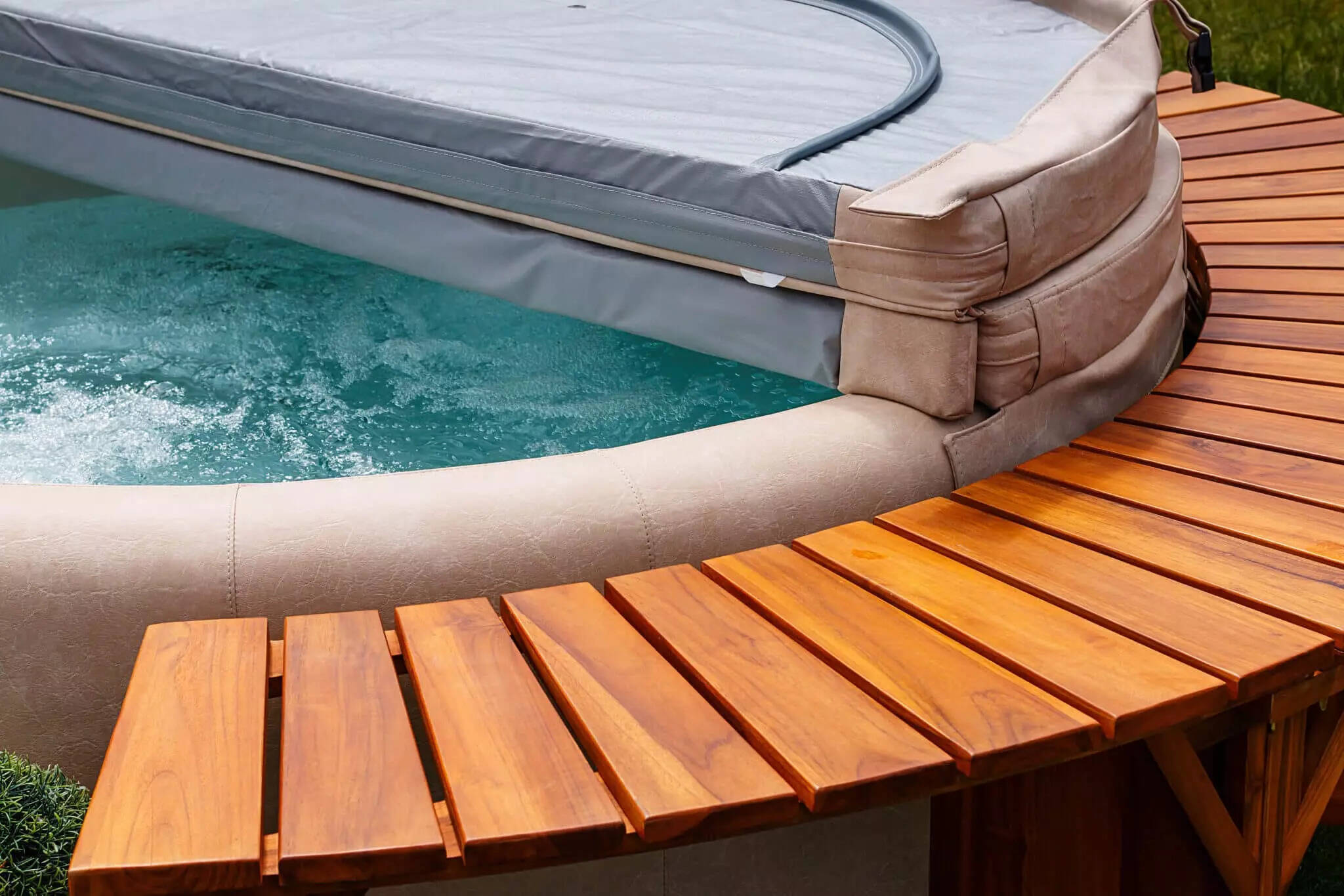
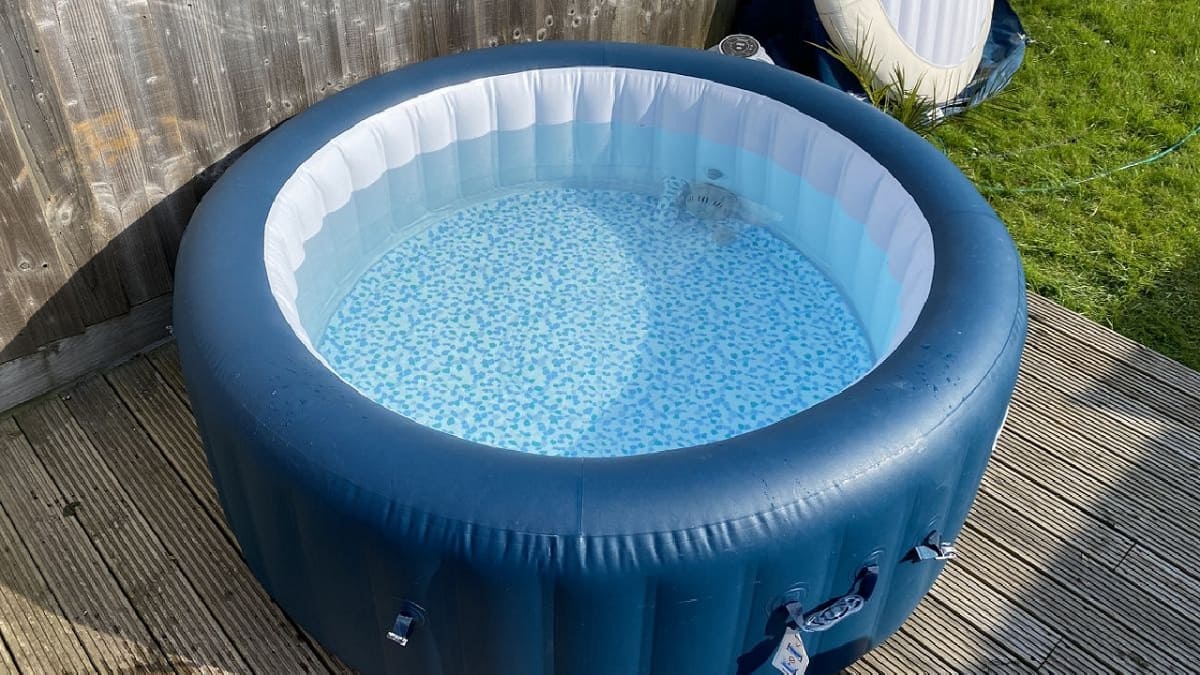
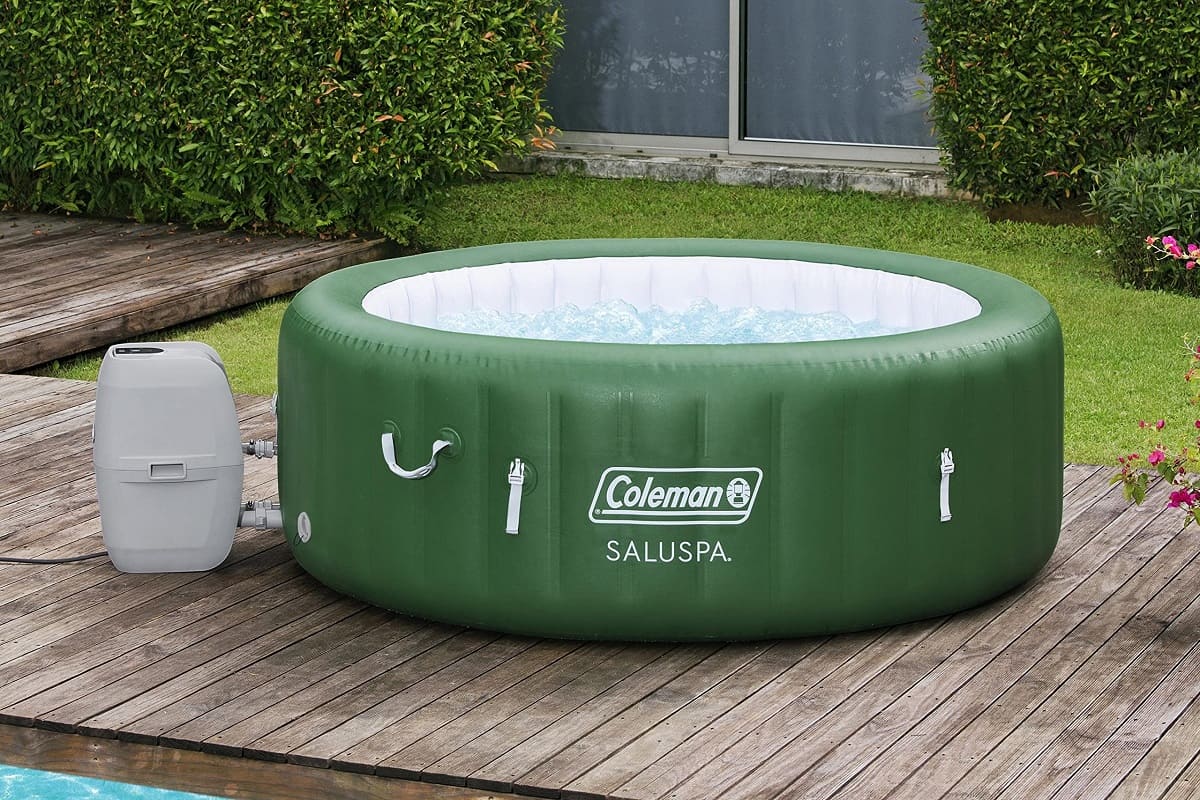
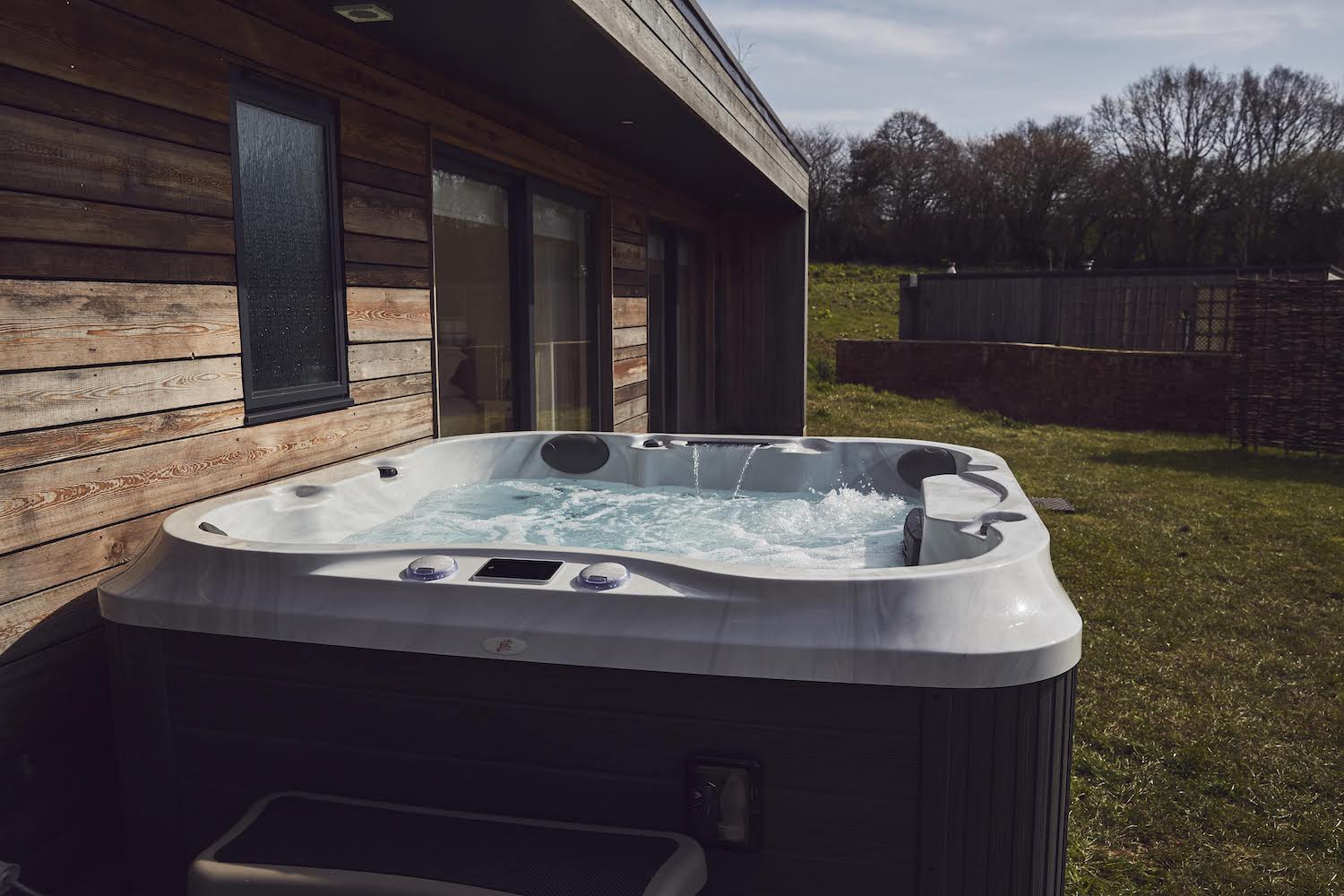
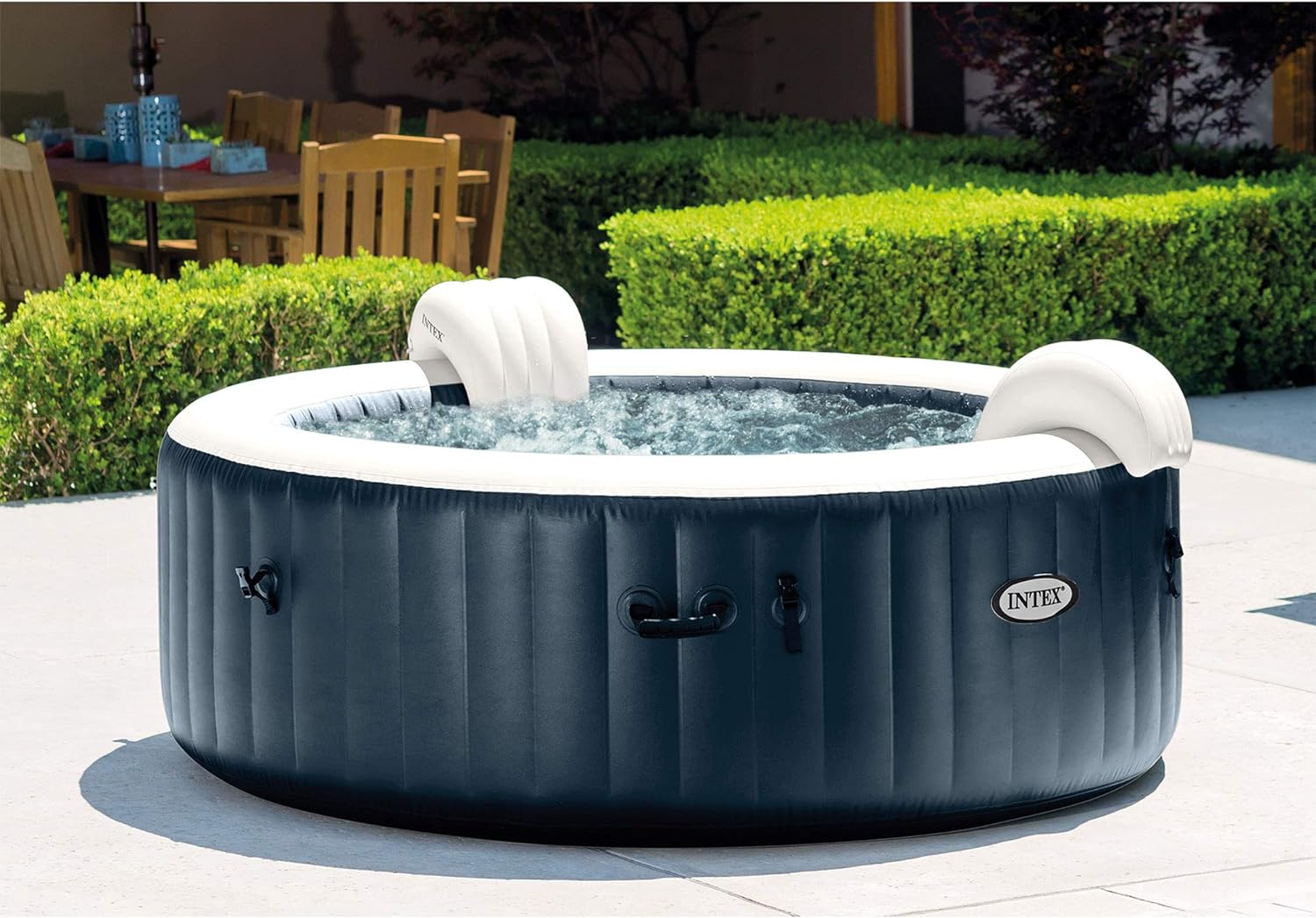
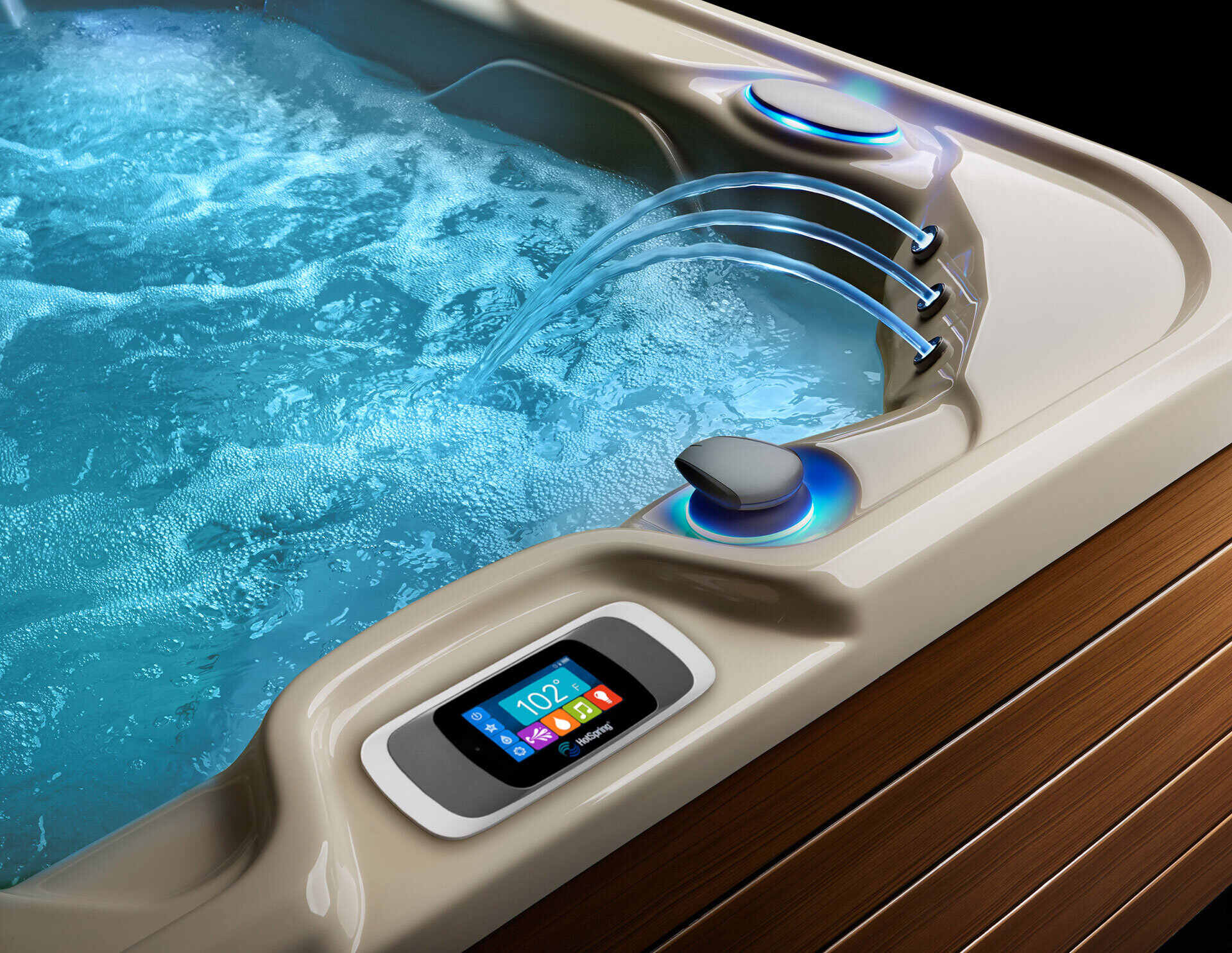
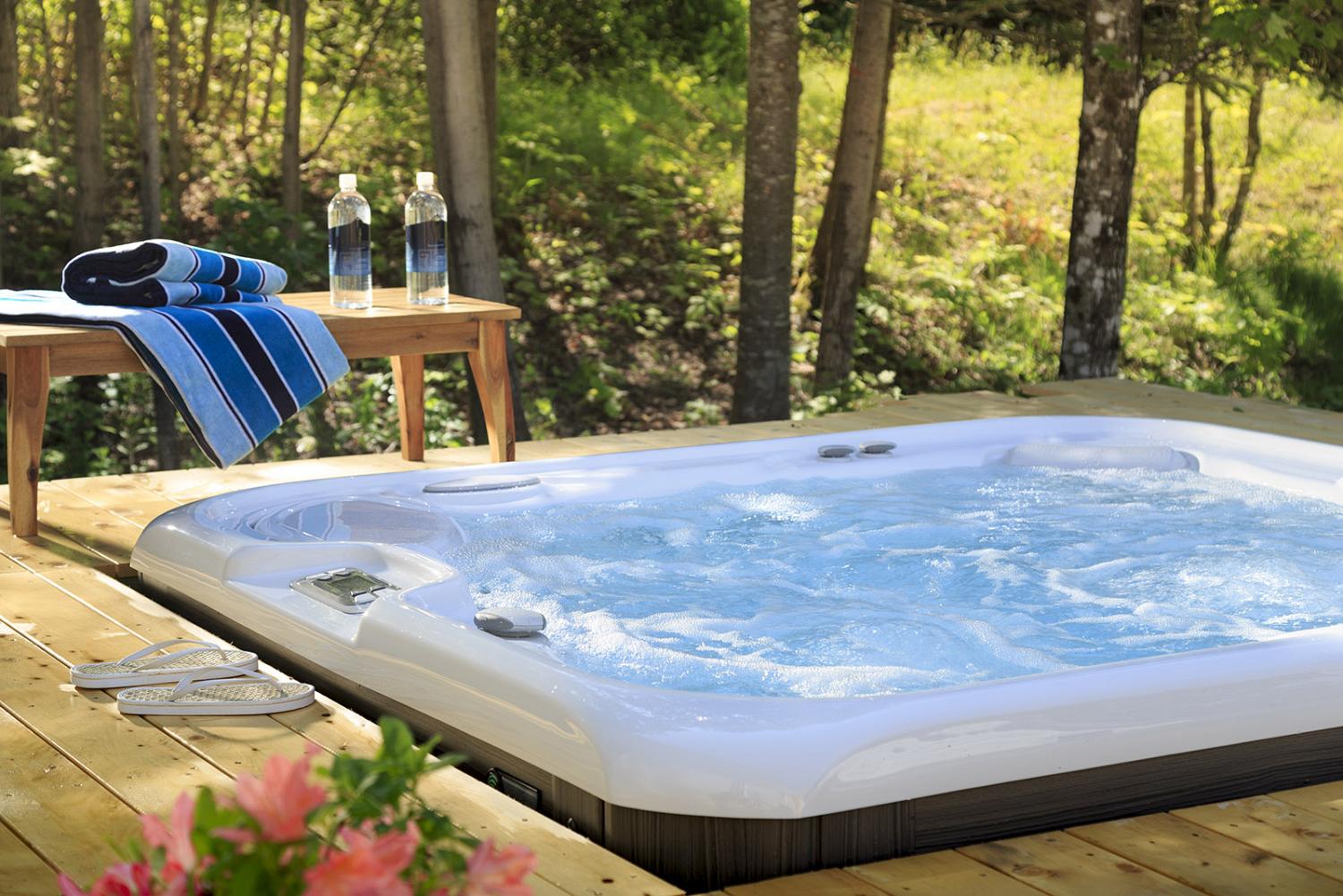
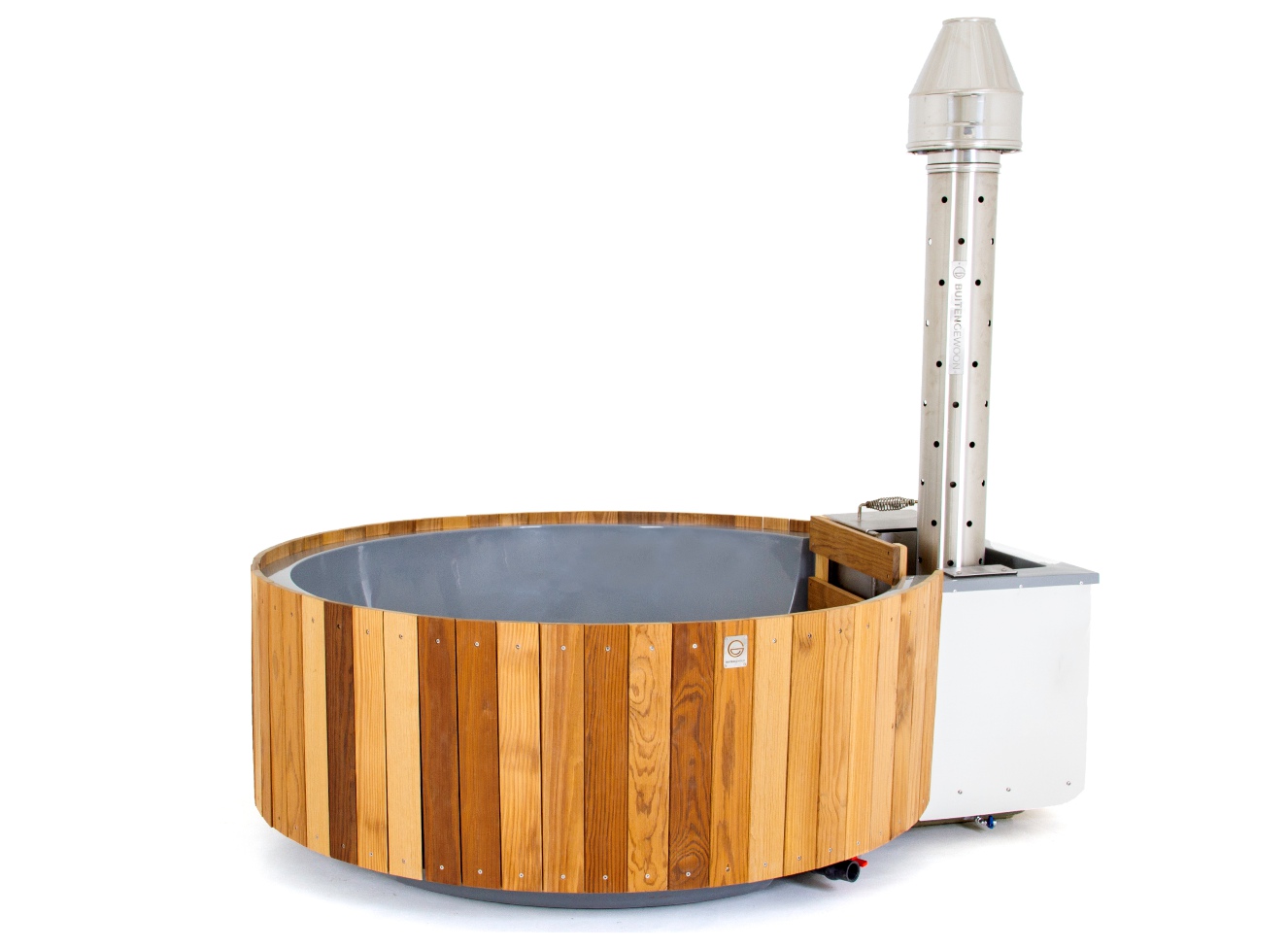
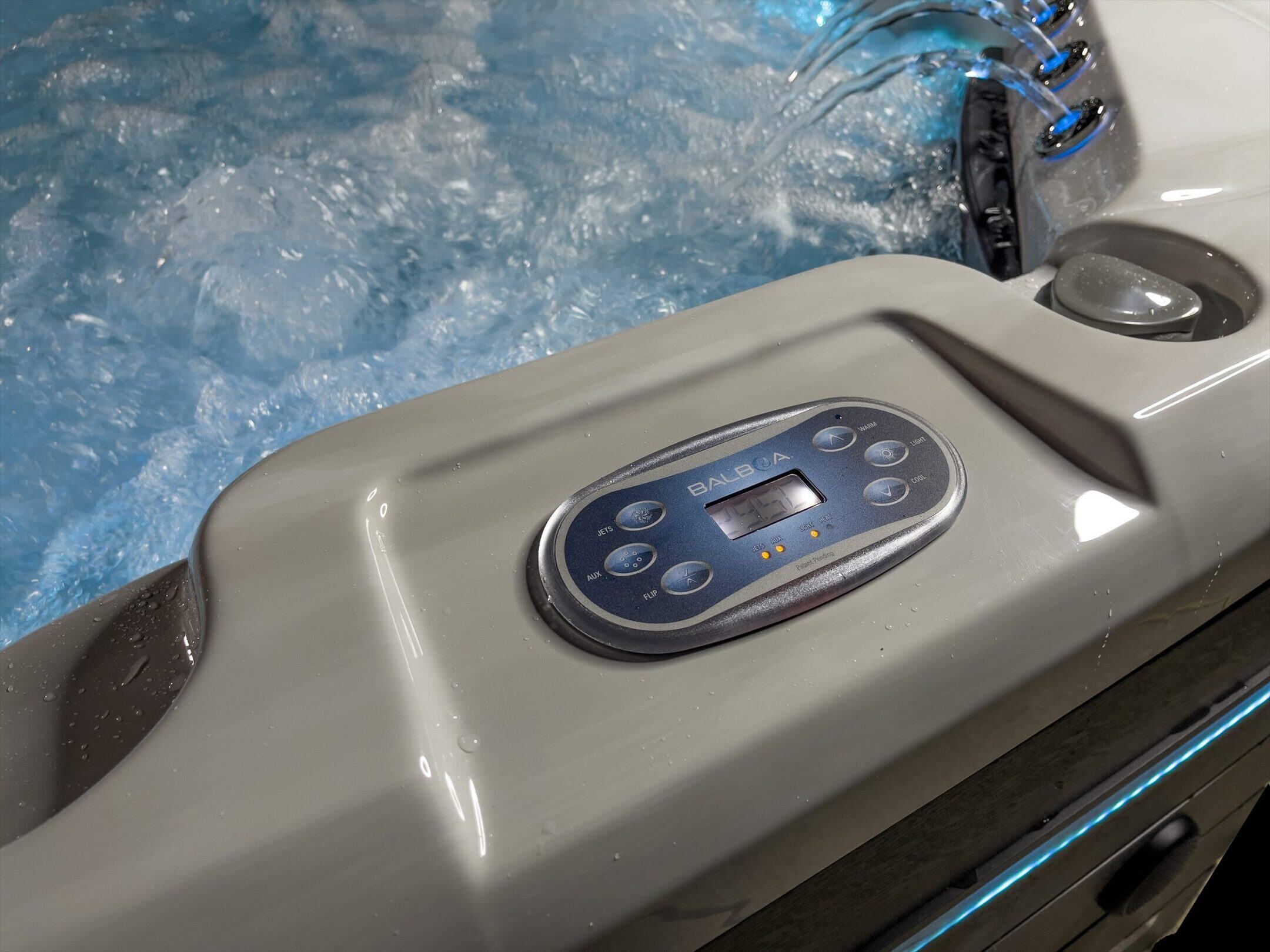
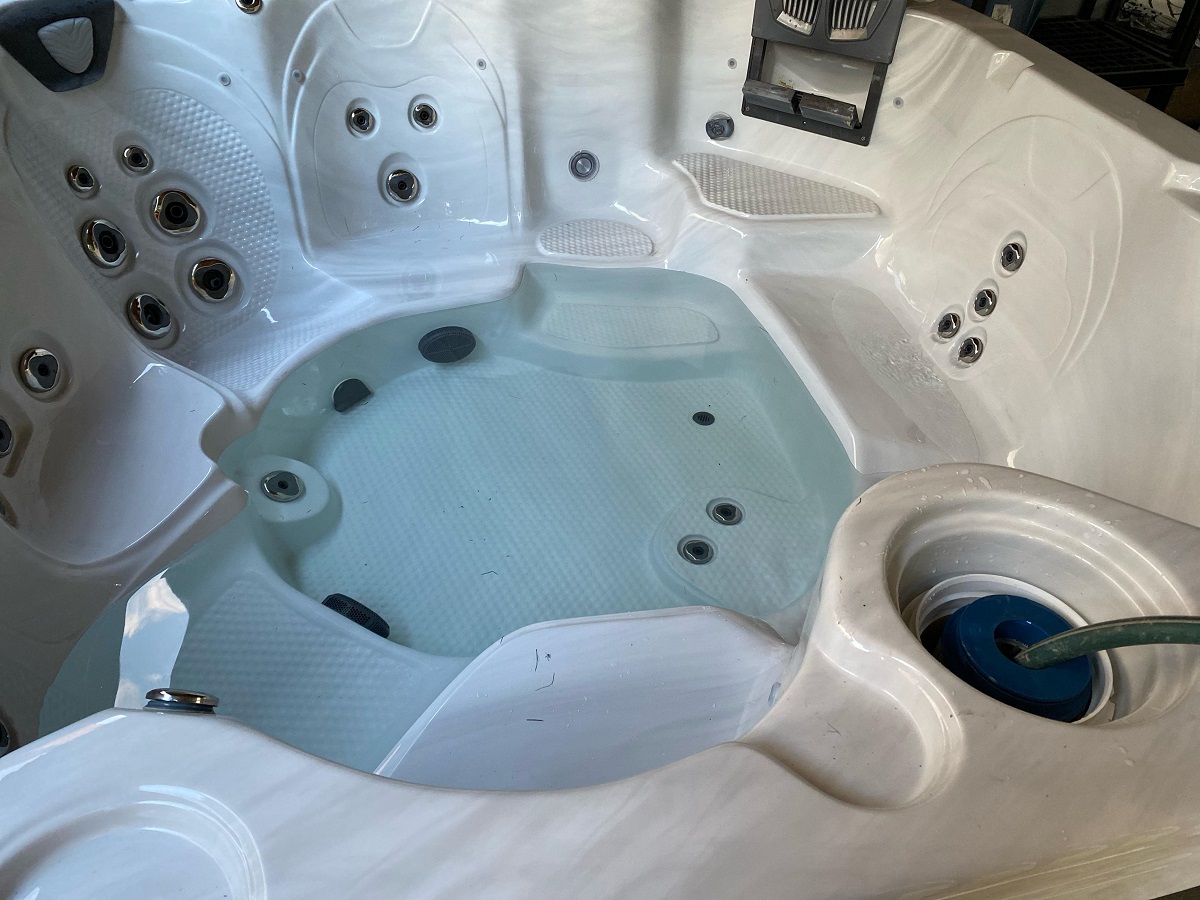
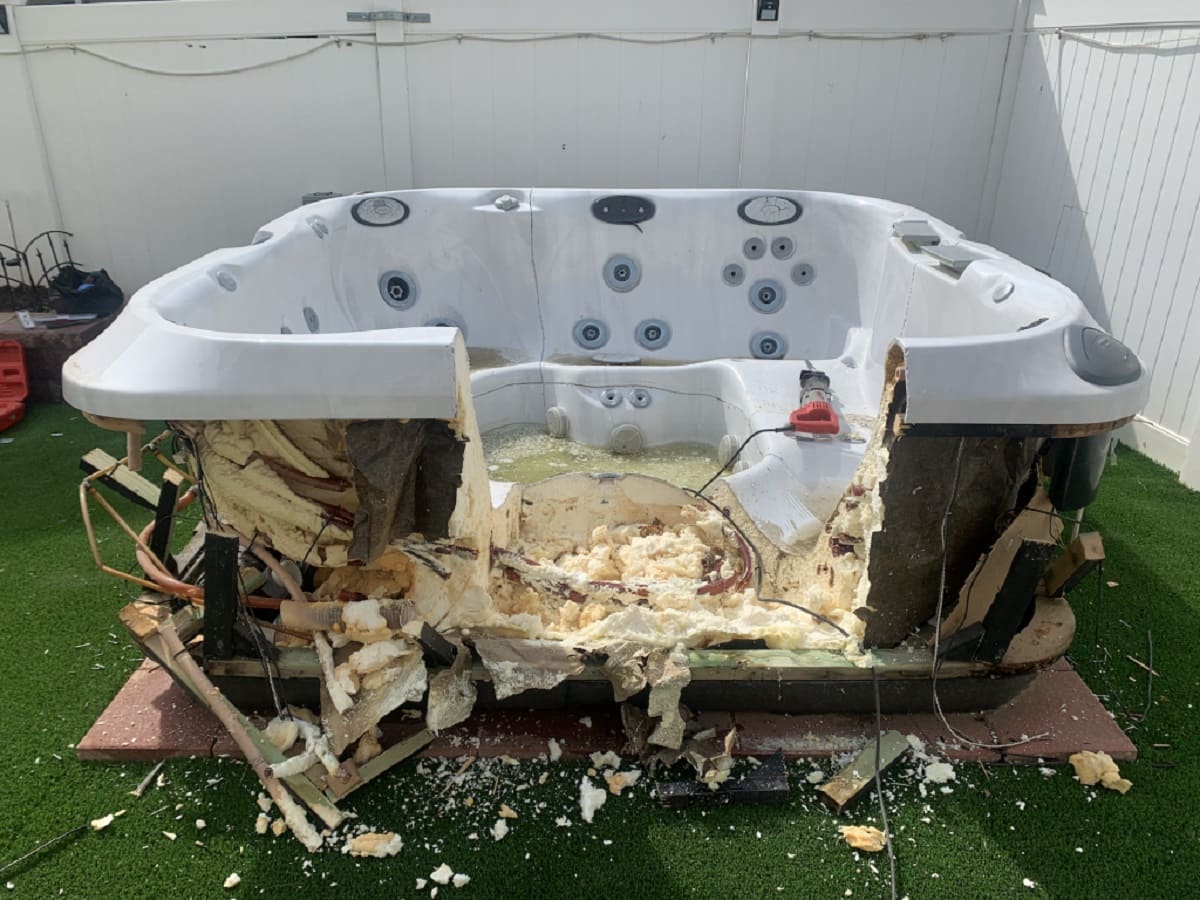
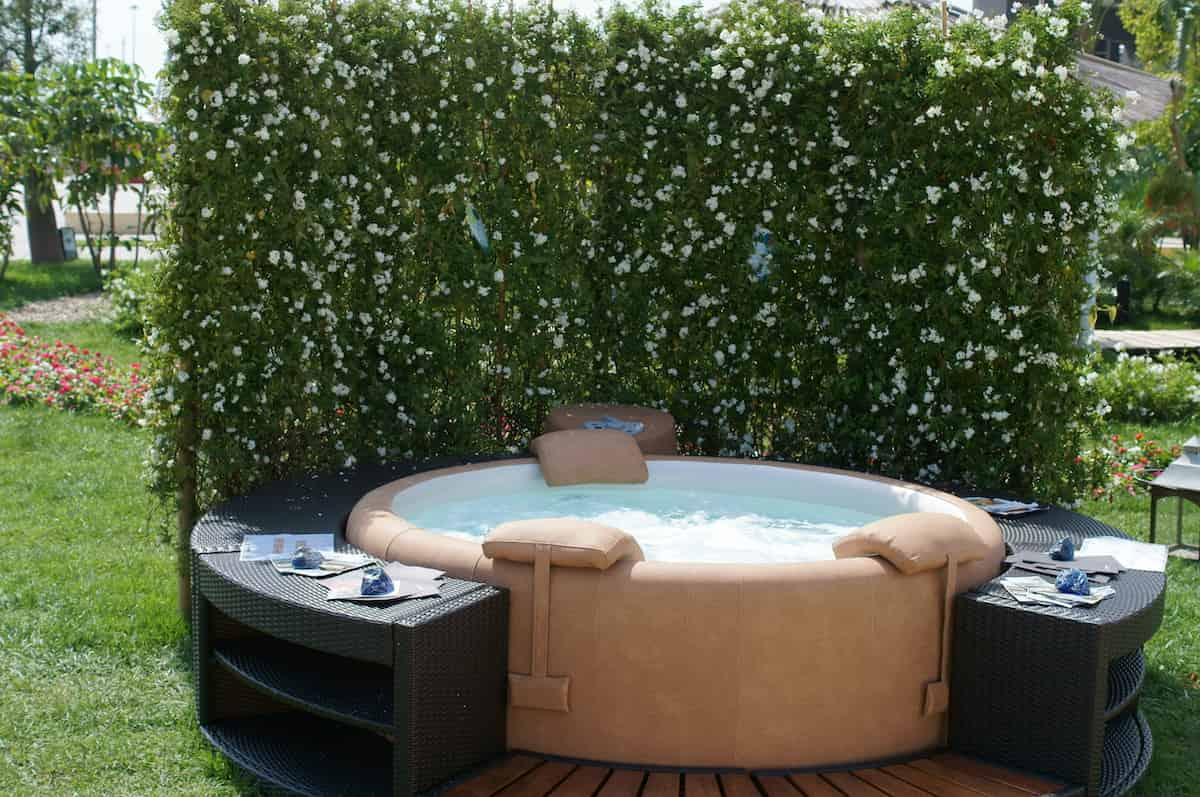
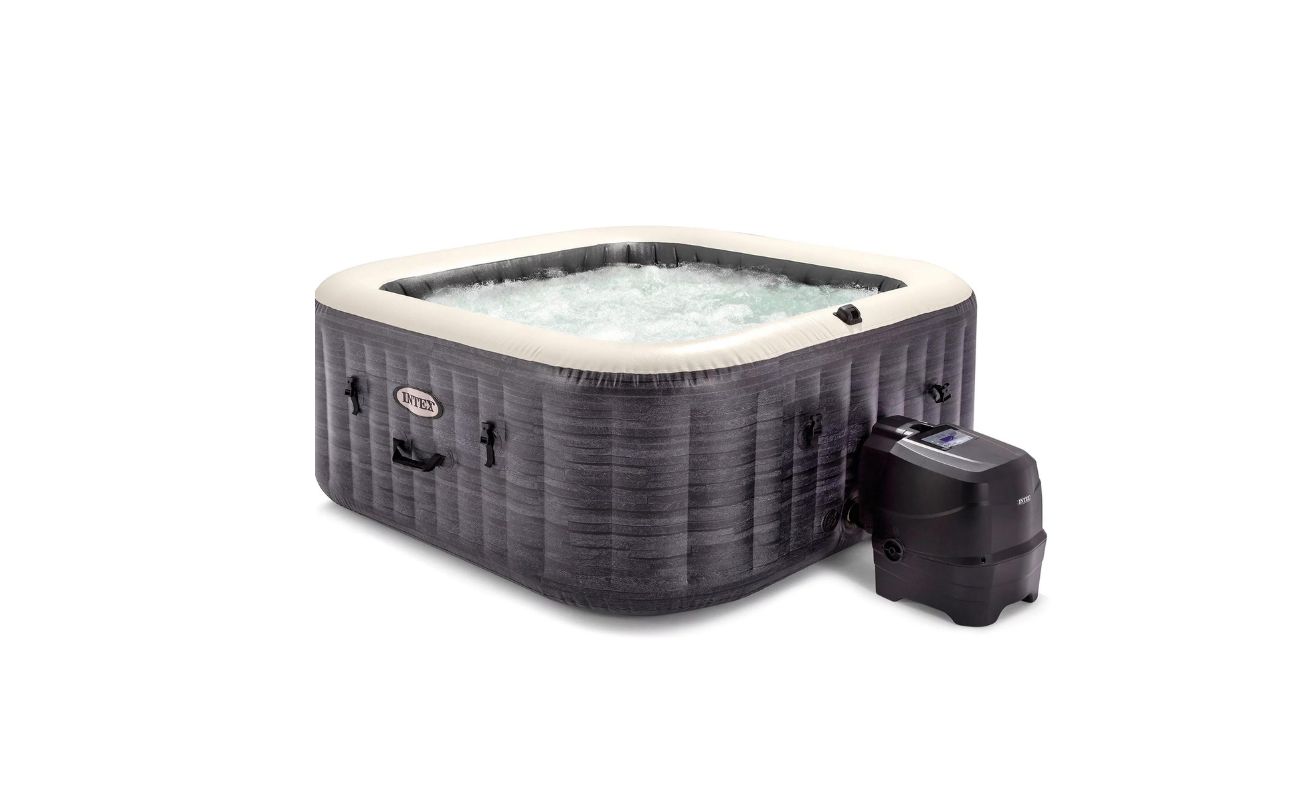
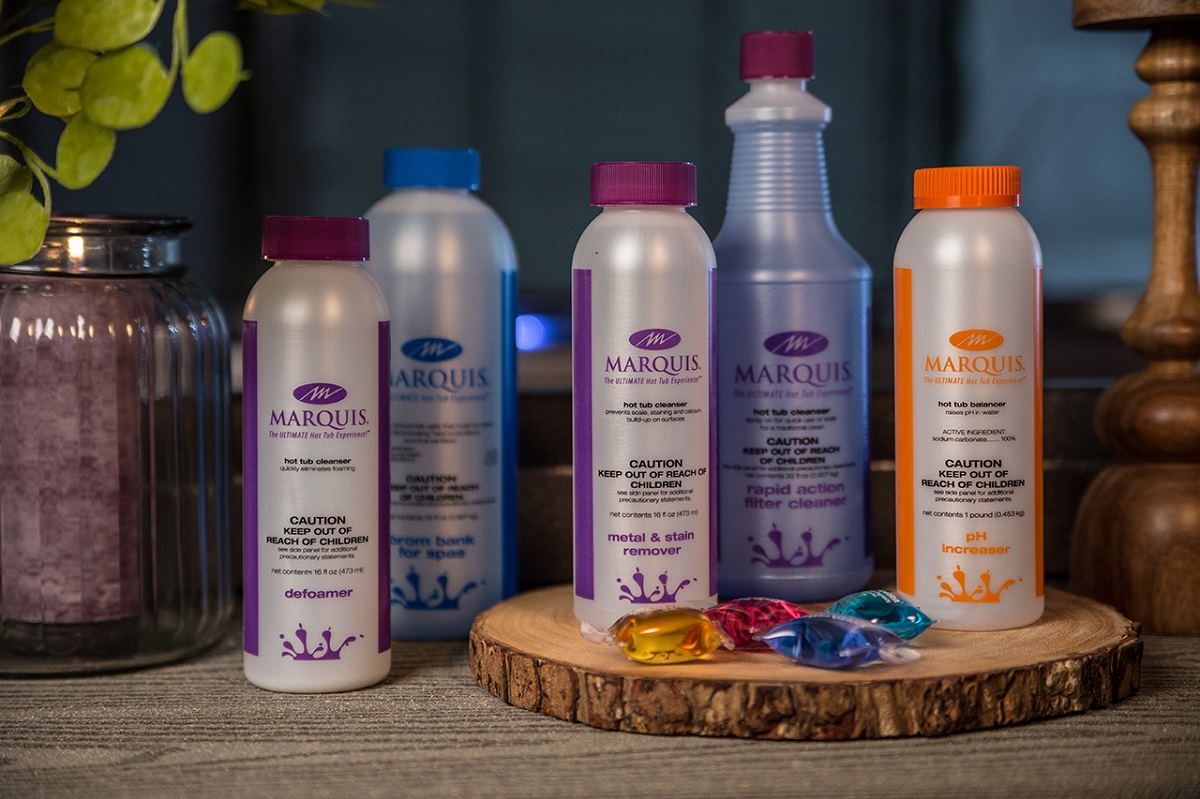

0 thoughts on “How Long For A Hot Tub To Heat Up”